

Oman LNG is committed to achieving the highest environmental standards.
The Sultanate of Oman has strict rules to protect the environment, and Oman LNG aims to meet or exceed the Government's requirements.
Before the project began, environmental impact studies were carried out to understand the effect the project would have on the local environment. This led to a number of areas where special measures have been taken to reduce the plant's effect on the local environment.
Corals are present in the sea around the plant, which can be damaged by silt or small sand particles in the water. The use of piled structures – concrete-filled steel pipes drilled into the seabed – has ensured minimal effect to the seabed and avoided excessive sand in the water during construction of the jetties.
Seawater is used as part of the cooling process before being returned to sea. The temperature change in the seawater when it is returned may be a few degrees, but corals are also sensitive to changes in water temperature. Therefore, the cooling water outlet has a special diffuser designed to reduce the chances of raising seawater temperatures.
The Oman LNG plant needs electricity for power to run the plant and for services such as the provision of drinking water. The equipment to provide this power produces nitrogen oxide (NOx) emissions like any other power plant. The Qalhat plant uses special burners to reduce NOx emissions.
Waste management is also another important area for protection of the environment. The plant has it own sewage treatment unit, which recycles waste water once it has been treated. Waste that could be harmful, such as waste oil, is carefully stored on site in special areas for collection by specialised disposal experts.
Any equipment that may produce a loud noise is enclosed in special noise hoods to reduce its sound.
The company is also committed to helping preserve Oman's unique heritage. Before the first earth was turned at the construction site an archaeological survey was undertaken.
This identified several historical sites, some more than 200 years old. While these historical sites are outside the area where the plant was built, Oman LNG fenced them off and clearly marked the sites to ensure their future protection.
The major environmental impact during 2000 has been the high levels of flaring in the first part of the year during initial plant startup.
During initial commissioning and cool down of the plant, the flare offers the only safe outlet for gas, and levels of flaring (and associated black smoke) were high. This was expected to be a "one-off" situation and by the second half of 2000, flaring had reduced to more normal levels with only occasional visible flares during plant upsets.
The percentage of intake gas being flared reduced from 85 per cent in January to below 10 per cent by end June and well below one per cent by year-end.
Considerable operational pressure has been applied to minimise flaring as, quite apart from the environmental impact, it represents a direct loss of income to OLNG. Over the course of 2000, over $5 million worth of gas was flared as part of the commissioning and start up operations.
Gas is also consumed in the liquefaction process and own fuel consumption has been gradually reduced from 15 per cent of intake in January to 12 per cent by year-end in steady state operations. The latter figure was in line with plant design.
Flaring apart, the environmental impact of the plant has been minimal. Total emissions to air form gas turbine and furnace stacks and the flare have been calculated and measured emissions have remained within the legal limits set by the Ministry of Municipalities and Environment (MRME).
Cooling water outfall to the sea has also been monitored closely throughout the year and quality and temperature levels remained within the limits set by MRME throughout.
The company has also monitored the quality of treated water from its sewage treatment facilities.
In order to minimise environmental impact and maximise re-use, this water is used for irrigation purposes on the site gardens. In general, quality has remained well within the limits set by MRME, although a few excursions were experienced due to start-up problems with the unit.
Preparation for environmental accreditation to ISO 14000 was supported. An environmental aspects database was established, with environmental monitoring and improvement plans fully developed during the year.
Meanwhile, Oman LNG achieved ISO 14001 Certification after just one year of operations. It was awarded the ISO 14001 certificate for Environmental Management – a major achievement for an industry that has only been operating for one year.
The award of the ISO 14001 certificate indicates that Oman LNG's systems for managing its impact on the environment rank with the best in the world, and demonstrates the company's commitment to caring for the Sultanate's magnificent environment now and into the future.
The 14001 certification for environmental management systems has been developed by the International Standards Organisation, and requires stringent conditions to be met regarding minimising environmental impact.
Oman LNG's environmental systems have been carefully scrutinised by one of the world's leading certification bodies, Det Norske Veritas (DNV), and have met the tough conditions required by the standard.
Oman LNG will now have to maintain its environmental performance in line with the standard, and the company will be subject to further audit and review by DNV once every six months. The company will have to demonstrate that standards have been maintained in order to keep the certificate.
The environmental measures undertaken by Oman LNG include taking care to preserve the fragile coral reefs offshore from its plant by the use of piled jetty structures, which involve less disturbance to the seabed and allow the continued free movement of marine life.
The company uses specially designed cooling water intake and outlet to minimise impact on marine life. It has undertaken an archaeological survey to ensure sites of historical interest were identified and protected.



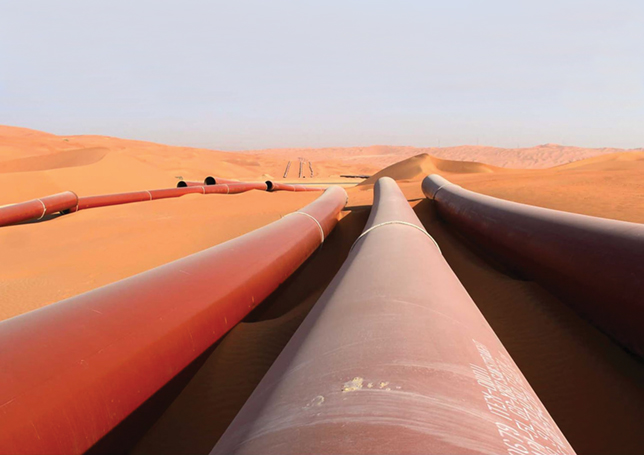
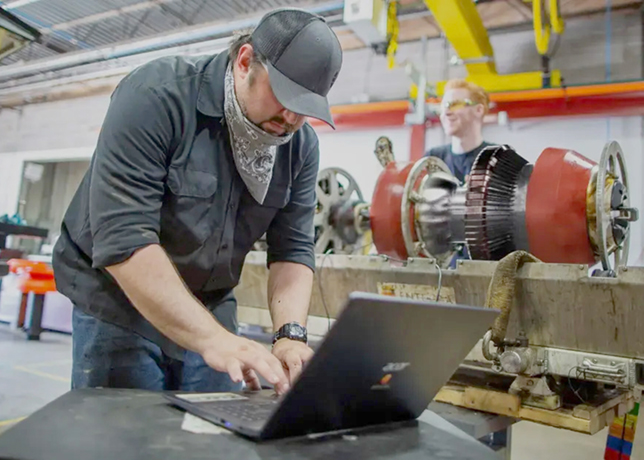

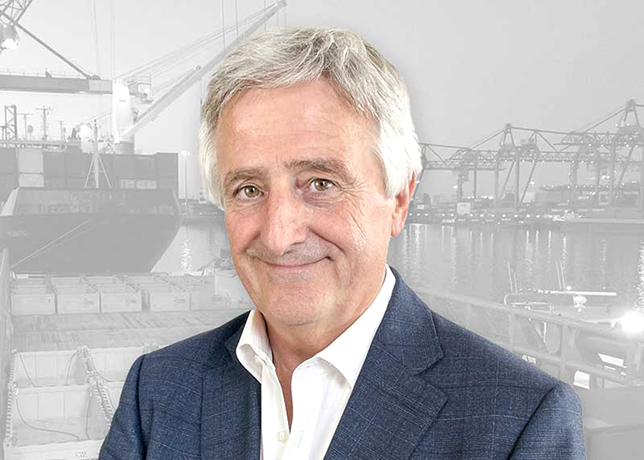


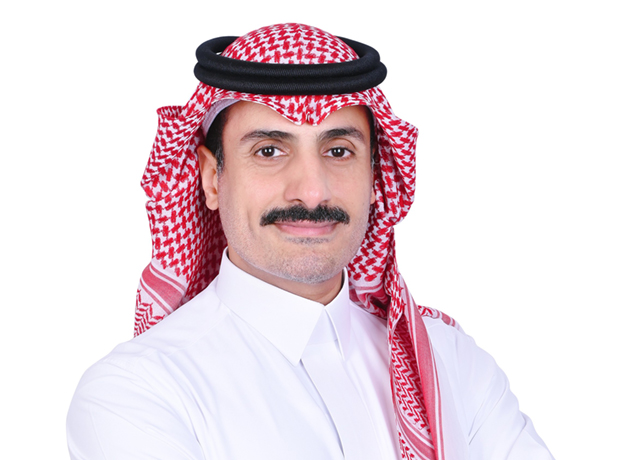
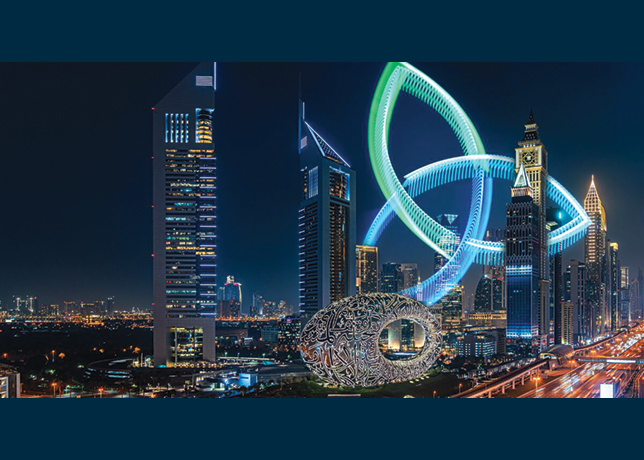
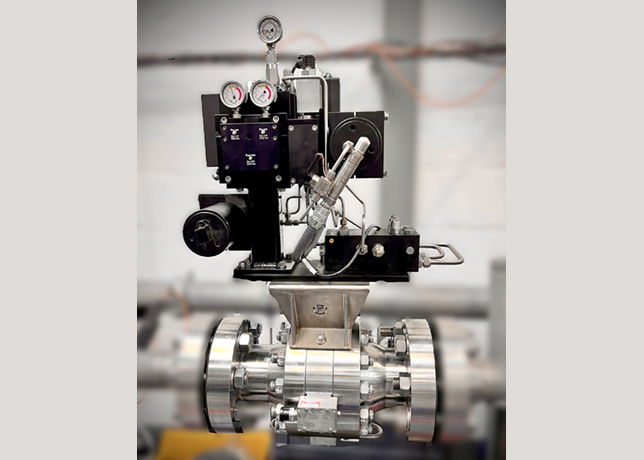
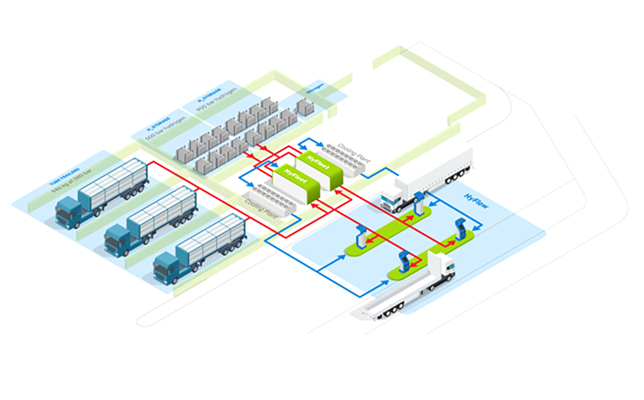
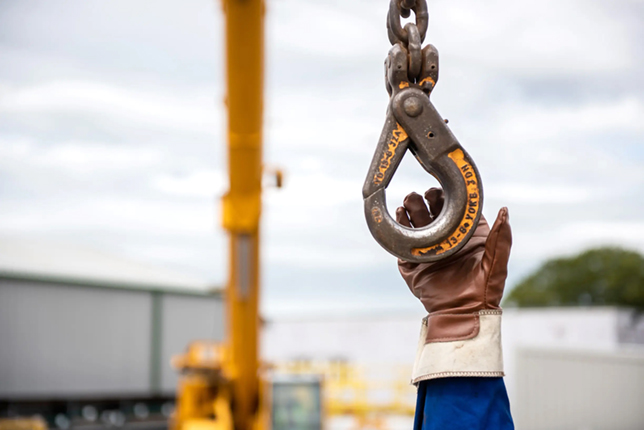
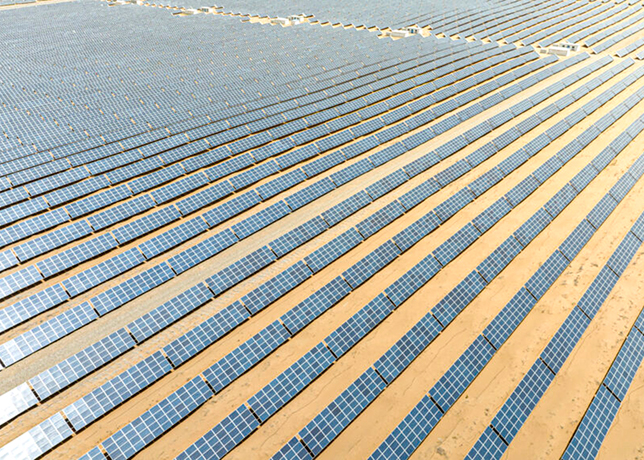

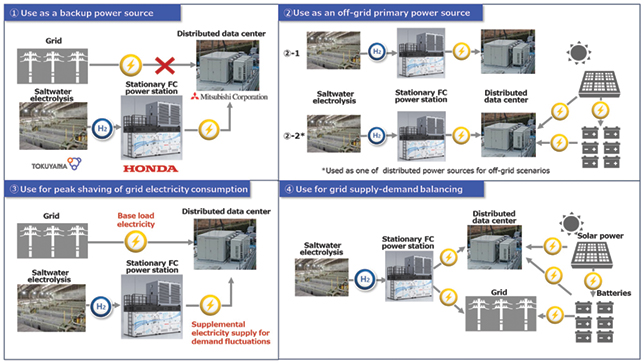
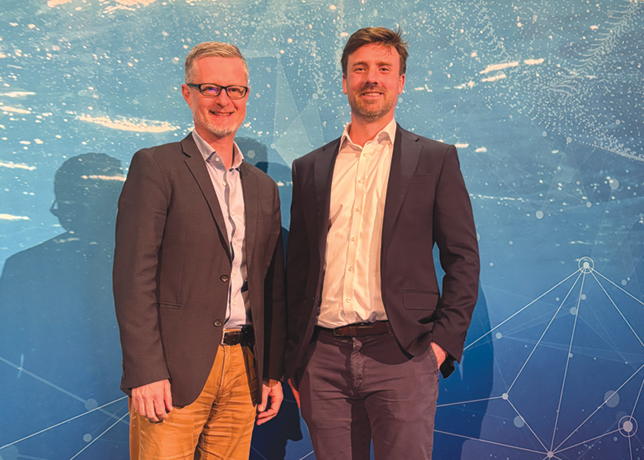

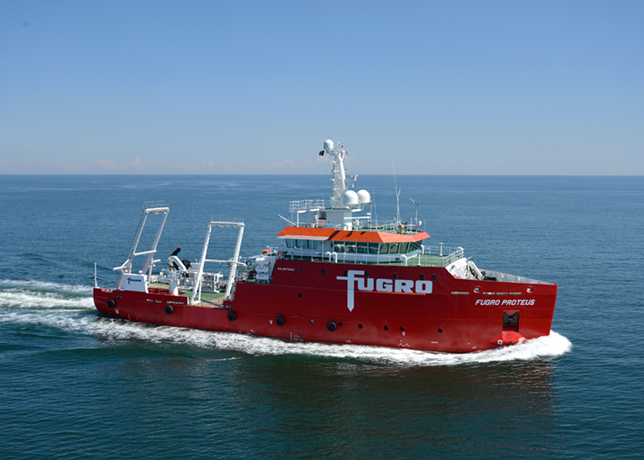


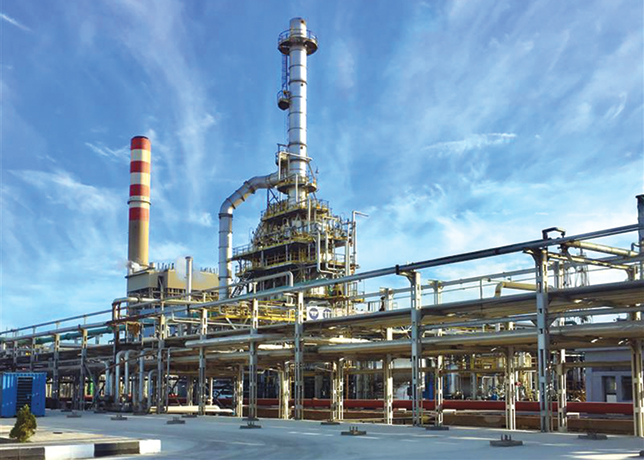
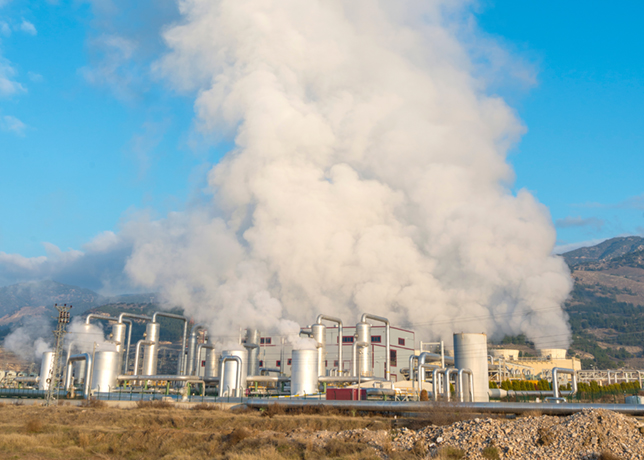
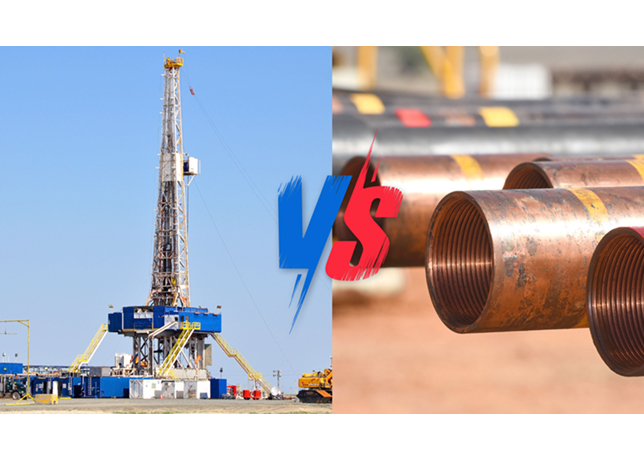
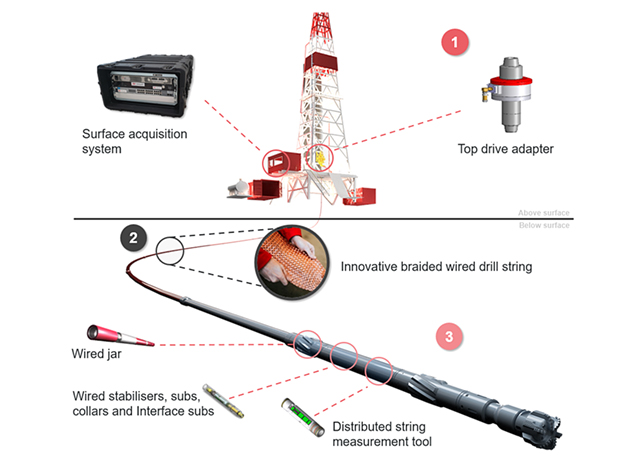
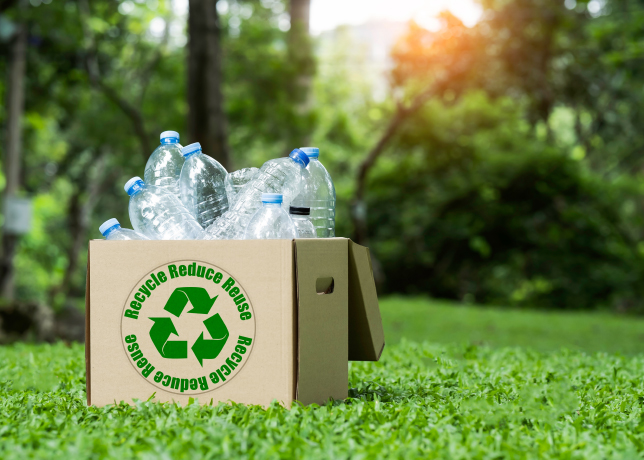
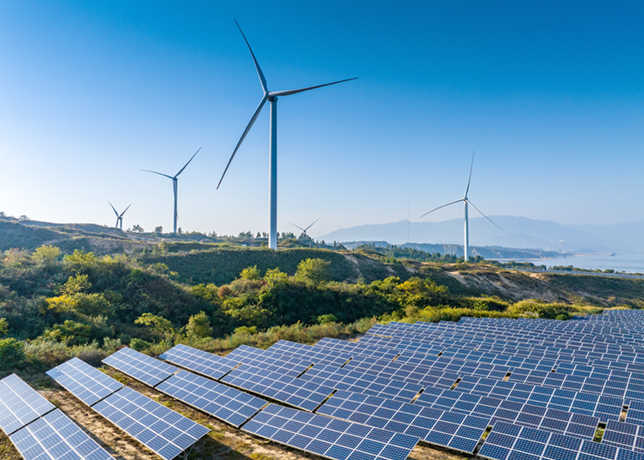




-is-one-of-the-world.jpg)
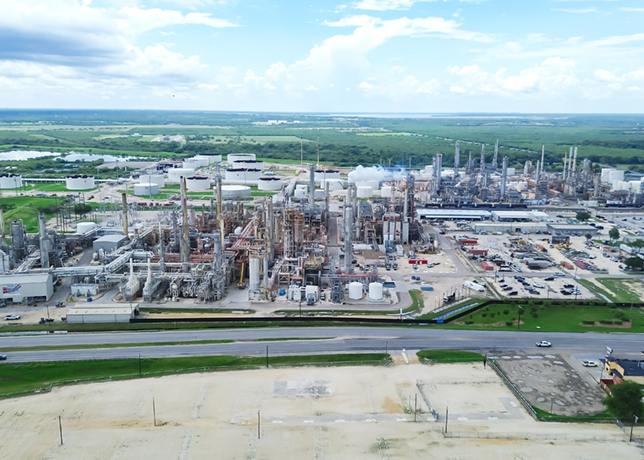
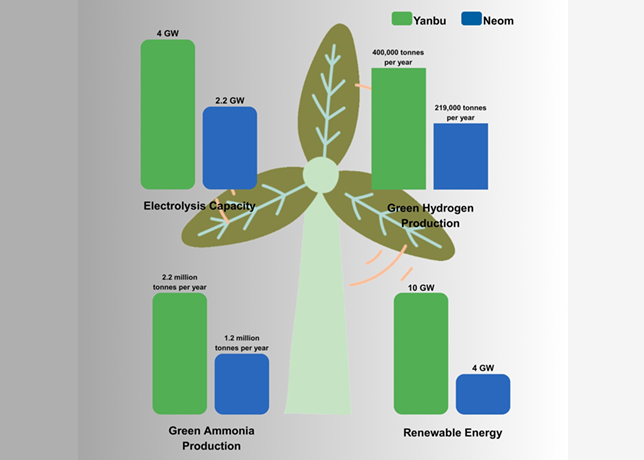

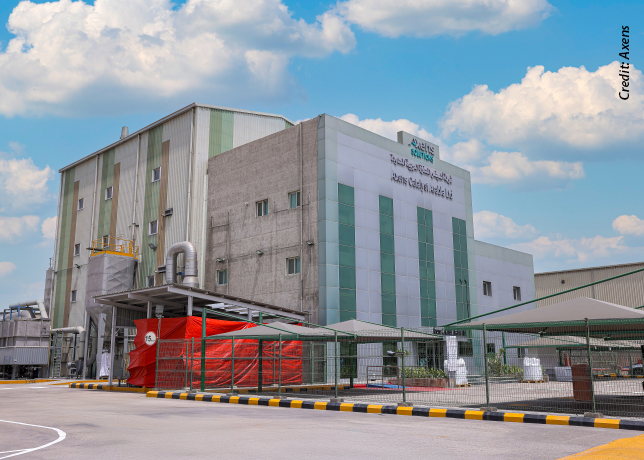

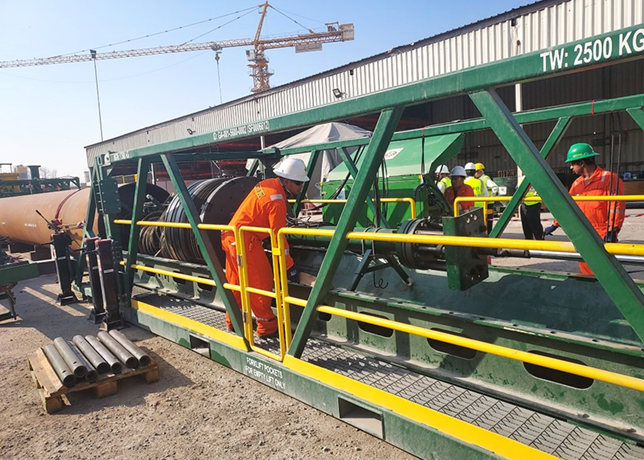
-(4)-caption-in-text.jpg)
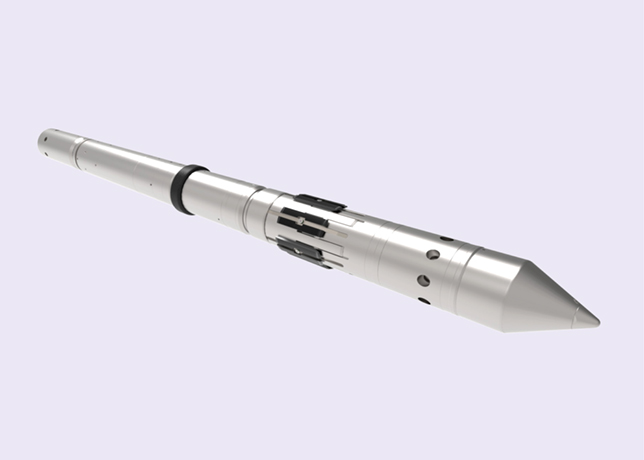
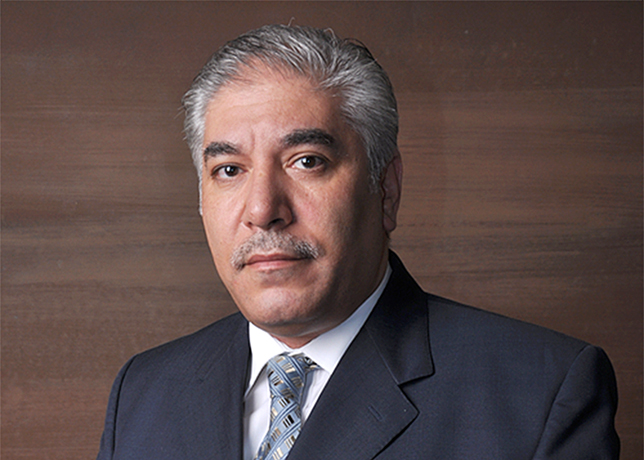
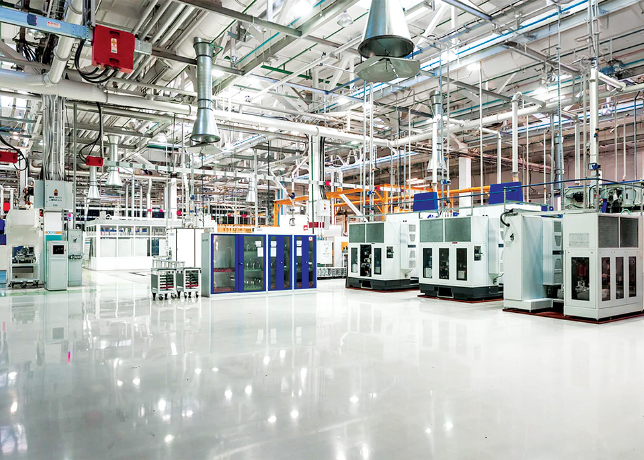

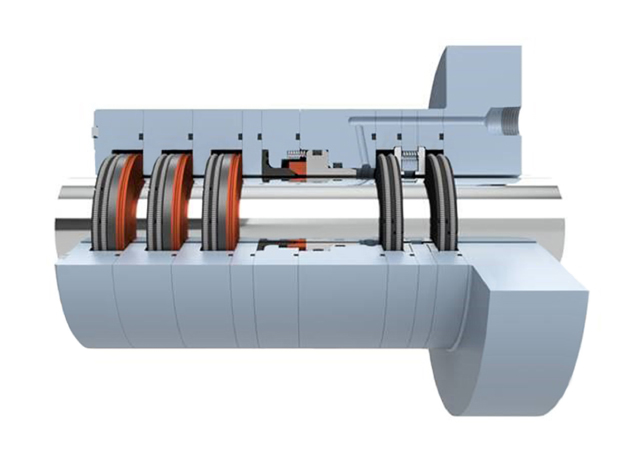
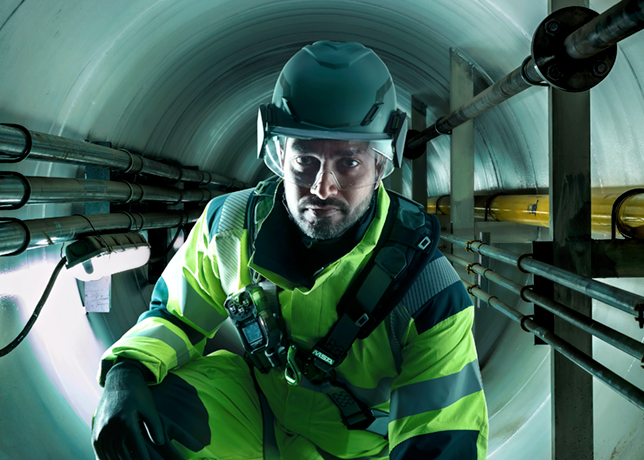
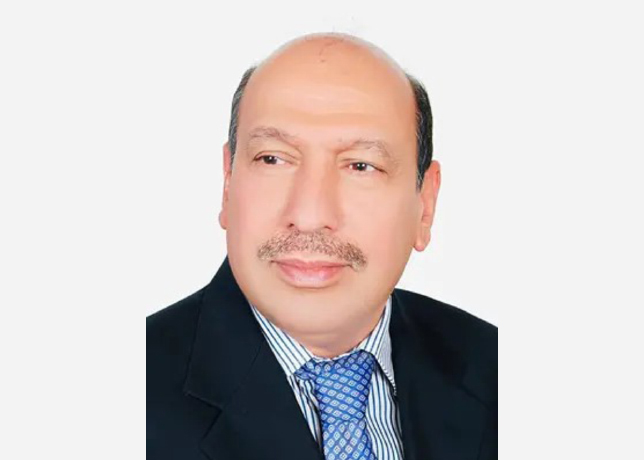
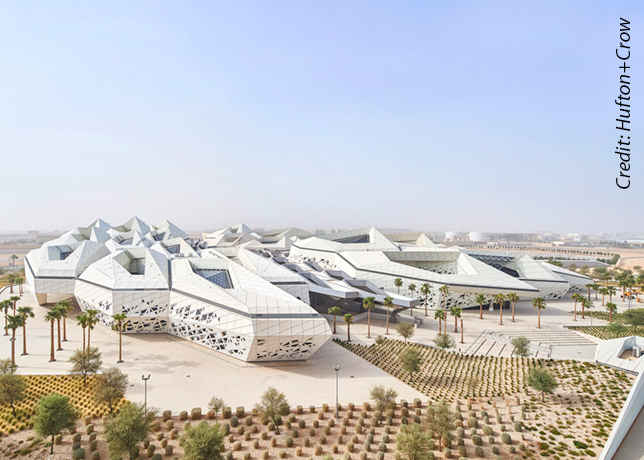
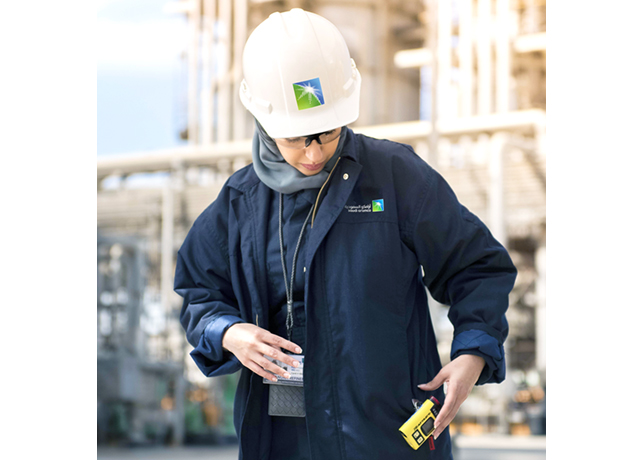
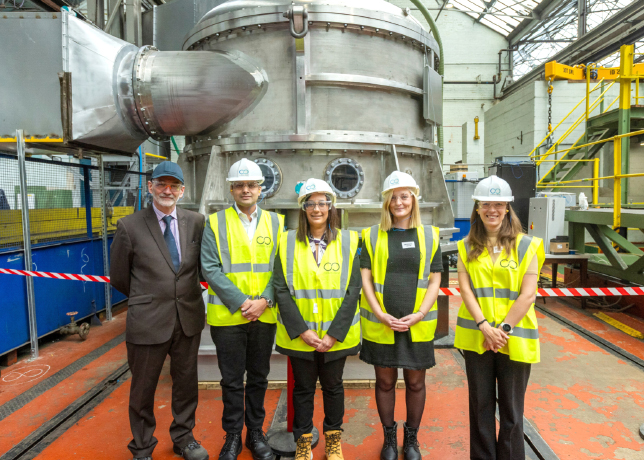
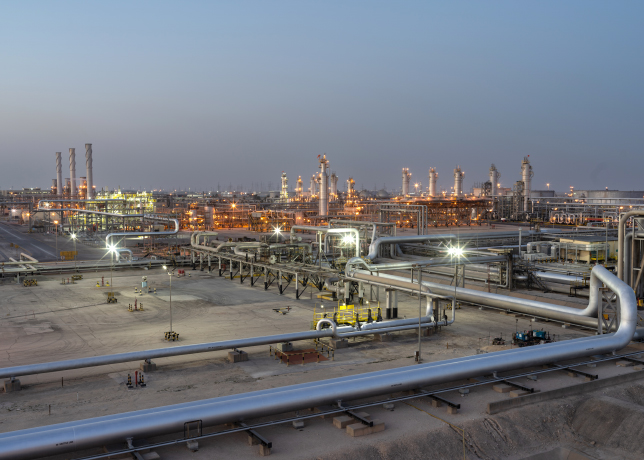
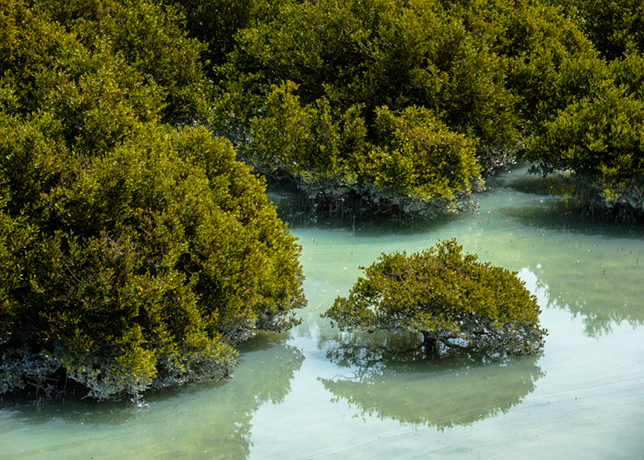
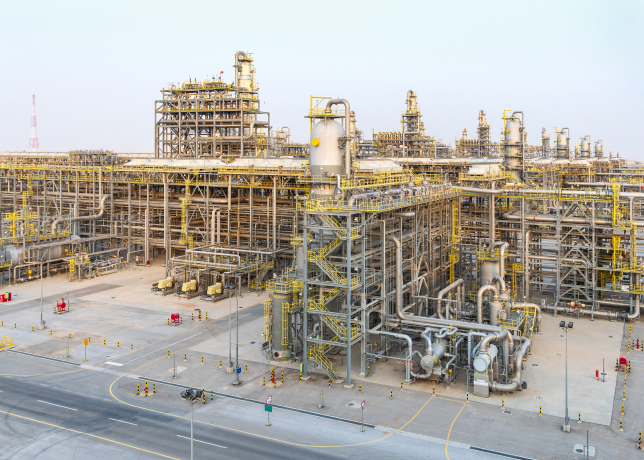
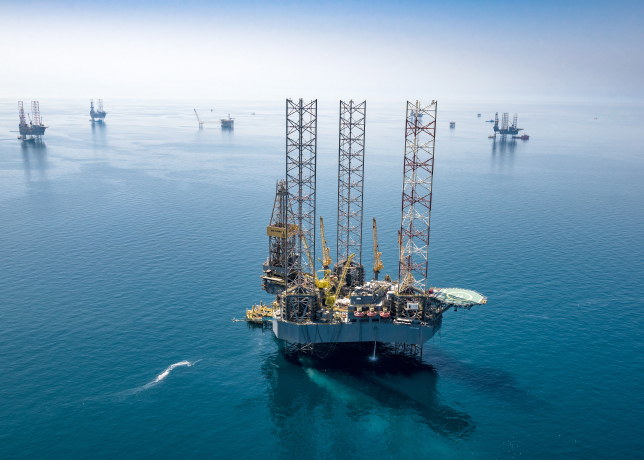
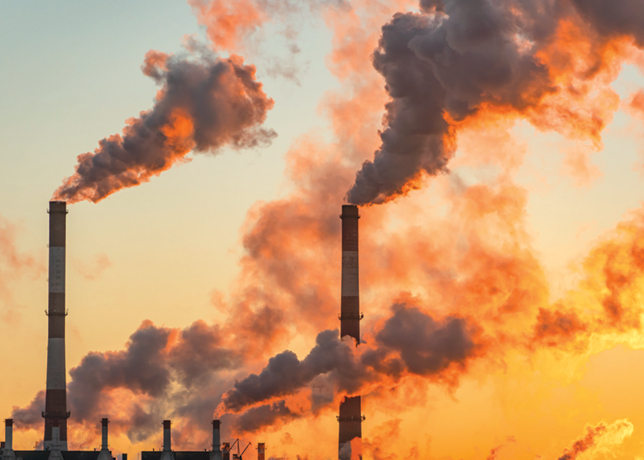
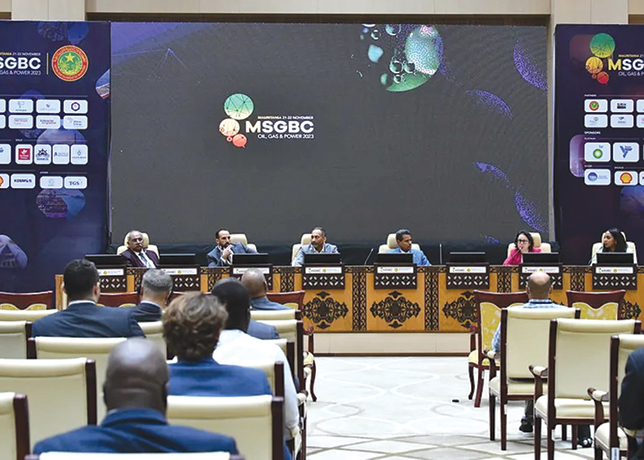
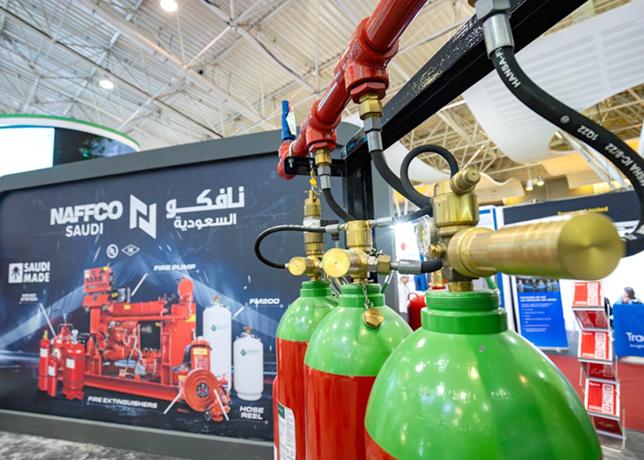
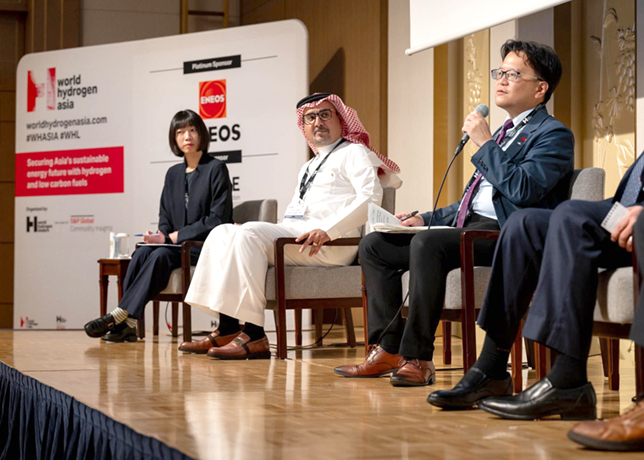
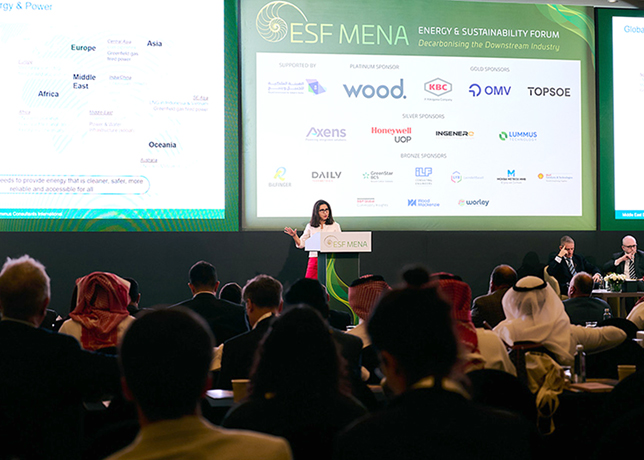
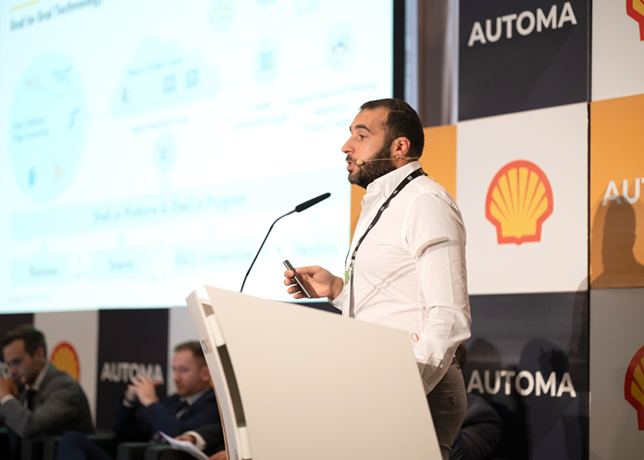
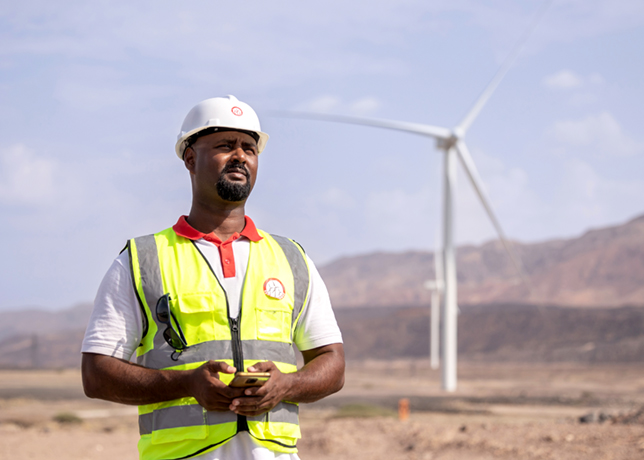
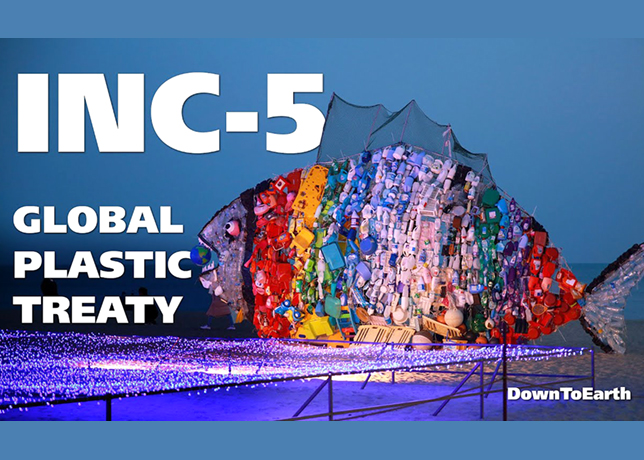
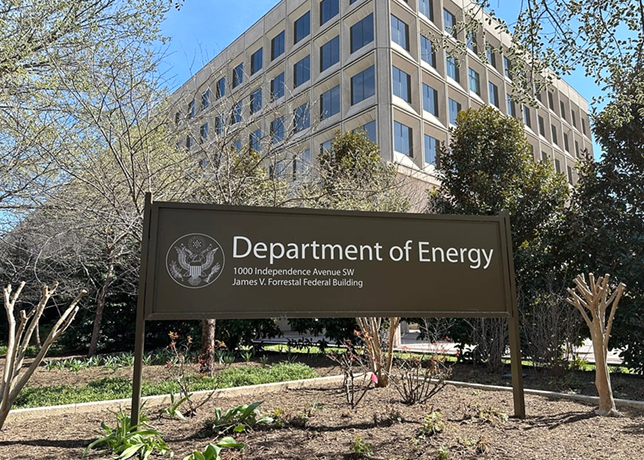

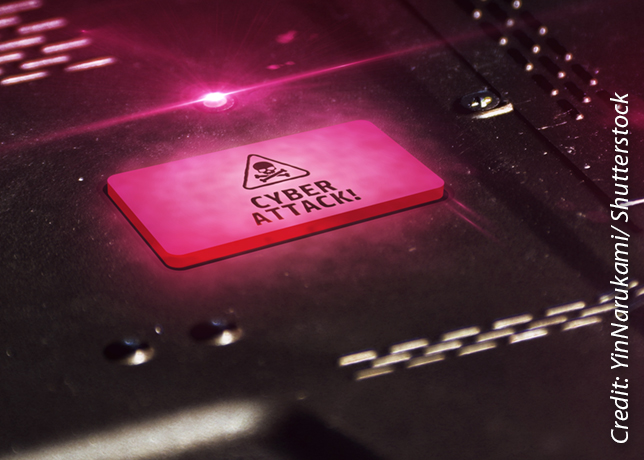
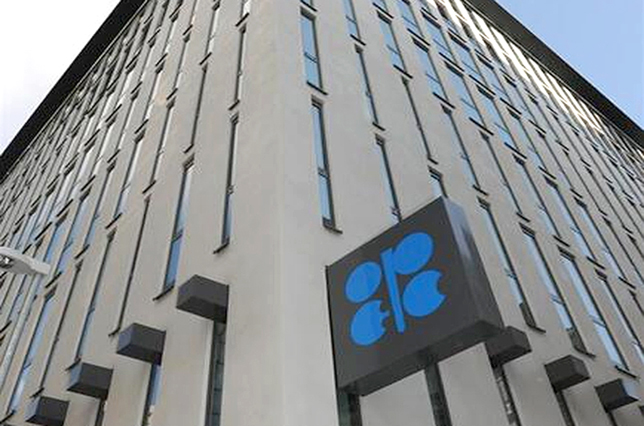
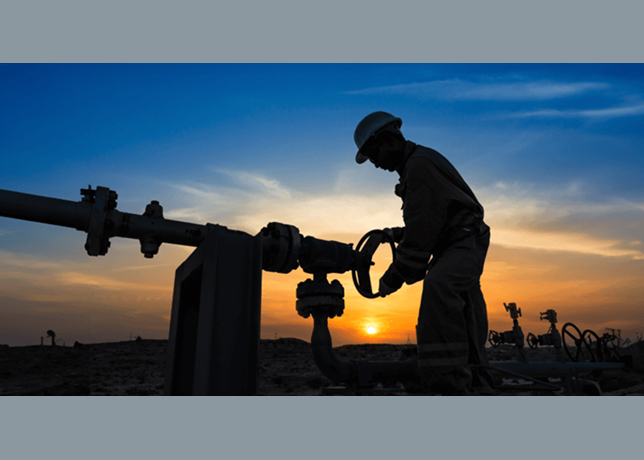
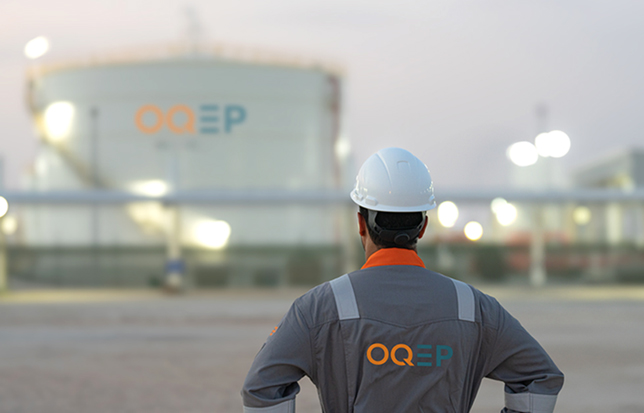

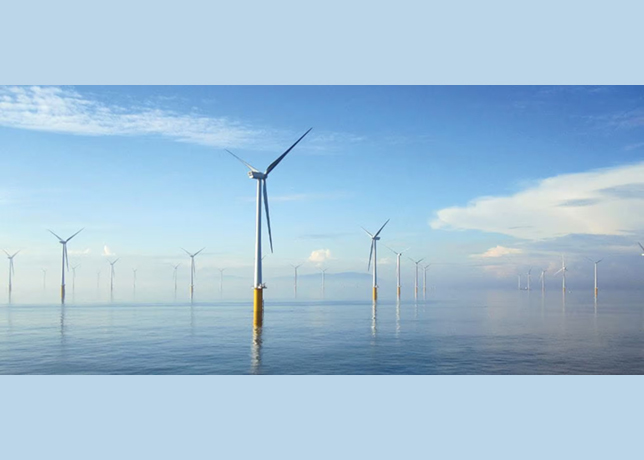
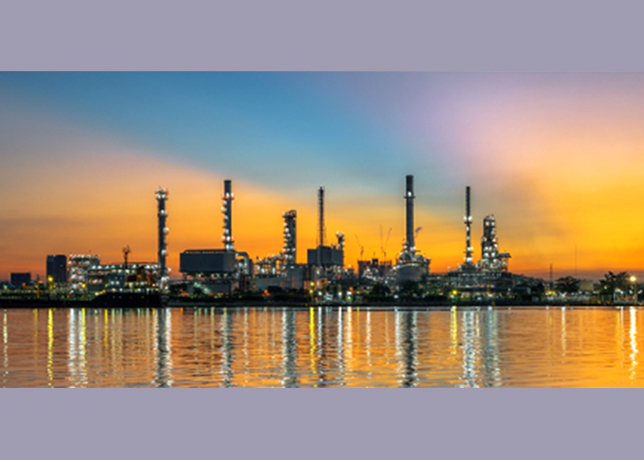





































.jpg)



.jpg)